There are two types of people. One, who like history and second, who doesn't. But we say that it doesn't matter because history is everywhere. Every second that pass becomes history, but that just too deep and philosophical so let's leave it. What we are trying to tell you that there is history everywhere and that's what exactly happened in Stockholm, Sweden. Construction workers stumbled upon something astonishing while they were doing their job. The thing which they found was out of their league, so they decided to call the experts and when they arrived even the experts were stunned to see something in such a place. But as we said, history is everywhere and this story is proof. You'll be amazed to see what they were able to find.
In 2017, several construction workers were working on a site when they discovered something that stopped the work entirely. No one was able to comprehend what just happened. The workers were confused about the situation as they had no idea what to do next.
Whether you can see it or not,9 history is everywhere. Each day, you probably step over a treasure from the past without even realizing it! If you don’t believe us, just ask these scientists in Stockholm, Sweden.
In 2017, workers on a construction project called a nearby museum and urged its archeologists to take a look at a hole they were digging. This hole was a typical pit for a foundation, except construction workers found one major problem: there was already something inside of it…
Swedish archaeologist Jim Hansson was hard at work at the Stockholm Maritime Museum when an unexpected phone call came in. Some workers had stumbled upon something huge — in a particularly fascinating location, too.

A construction crew had to halt their renovation of a quarry in Stockholm when they came across a big surprise in the dirt. None of them could identify the mystery object, but it looked to be made of wood — very old wood.

On the dive, he and his team were the first humans in hundreds of years to set their eyes on the Blekinge. The Swedes built this mighty ship in the late 1600s while at war with Russia and Denmark. So what did this have to do with Stockholm?
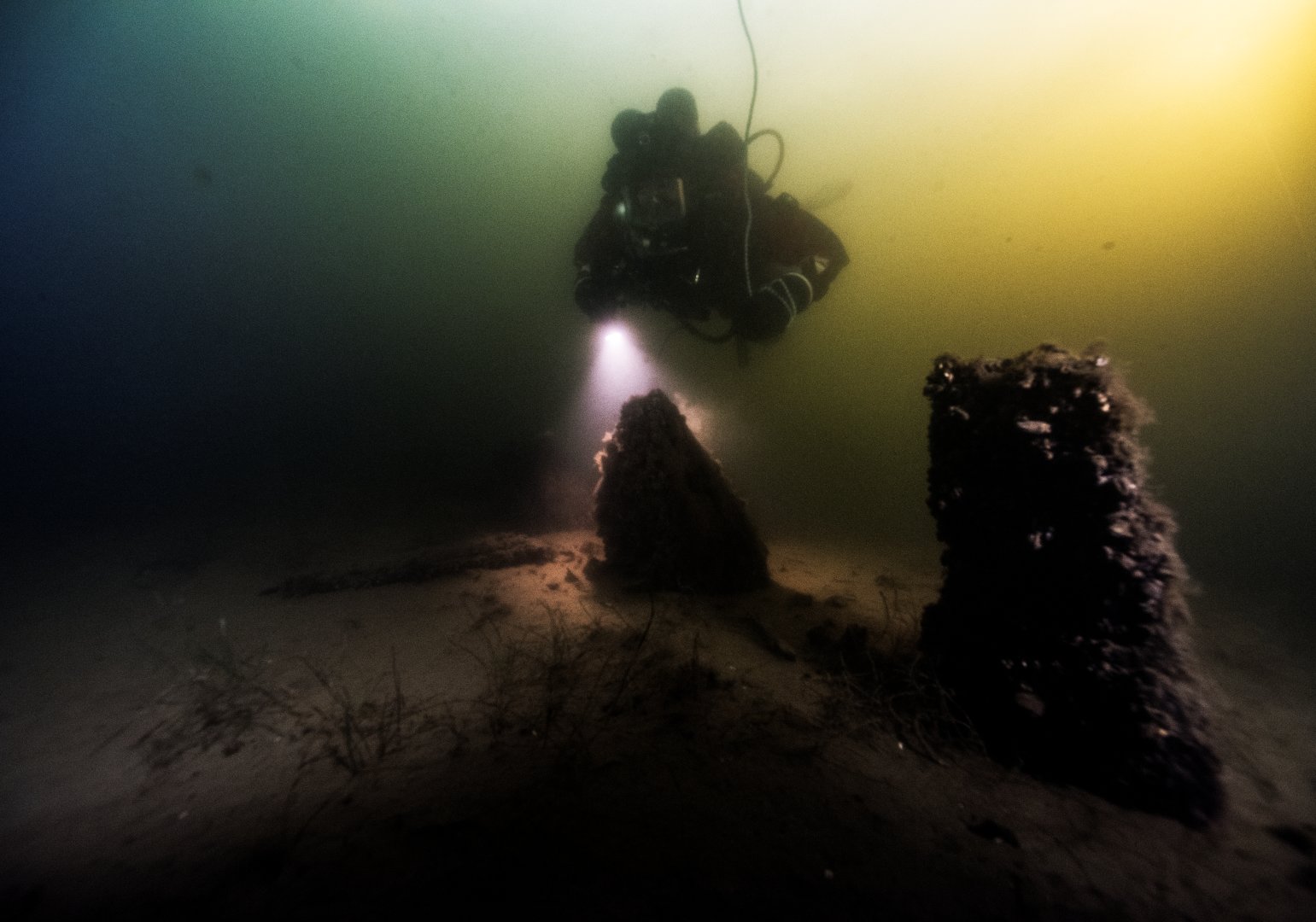
As Jim unearthed more of the wooden artifact, he confirmed his suspicions. They were looking at a ship, perhaps one of the most important vessels in the history of Sweden. However, Jim knew he couldn’t get ahead of himself.

To determine the exact identity of the mystery vessel, Jim and the other scientists got down and dirty in the pit. Specific details within the ruins would tell them everything they needed to know.
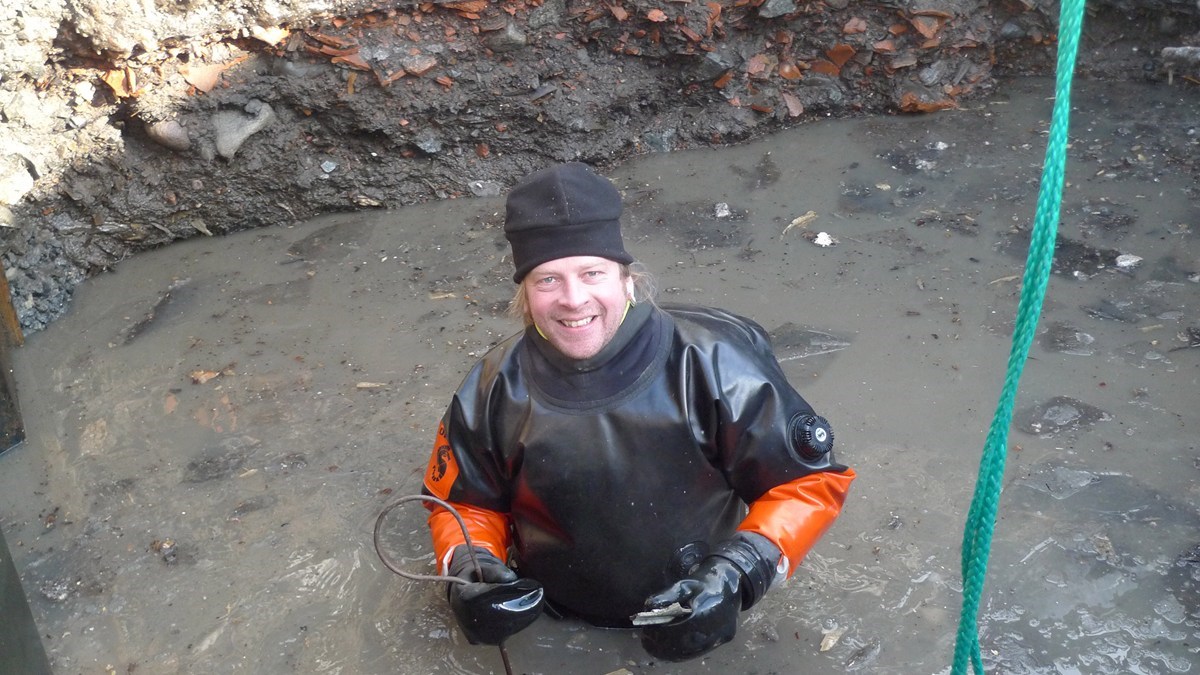
Jim turned his attention to some of the best-preserved timbers. You could actually see the axe marks where the shipwrights cut and fit together the wooden beams! That wasn’t all that caught Jim’s eye either.
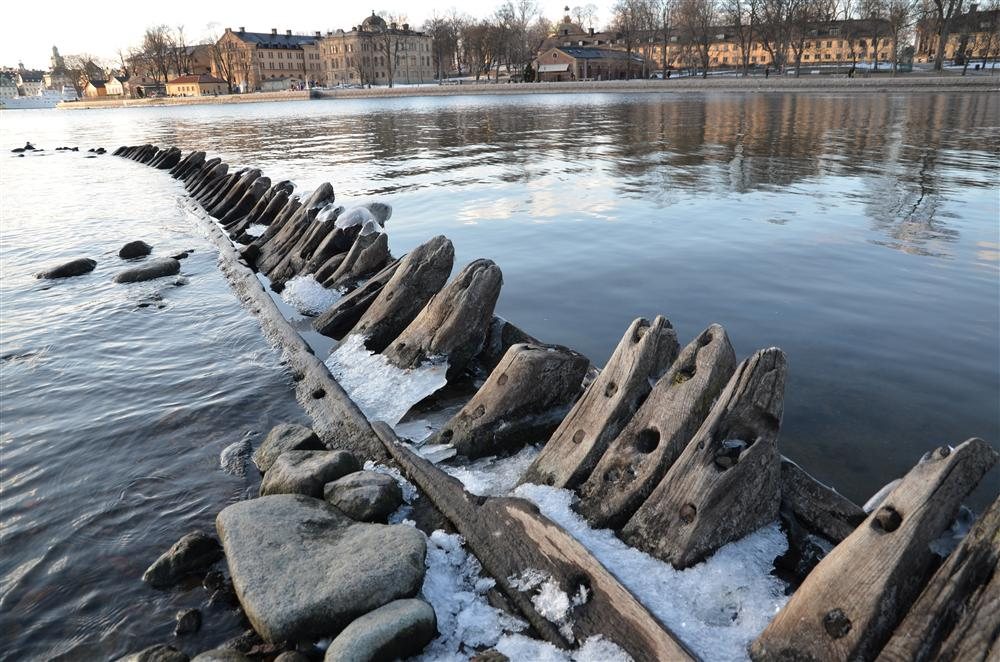
By taking just a small sample of the wood — small enough to not damage the overall vessel — they could figure out what time period the ship was from. Jim shipped the fragment off to the lab for radiocarbon dating.
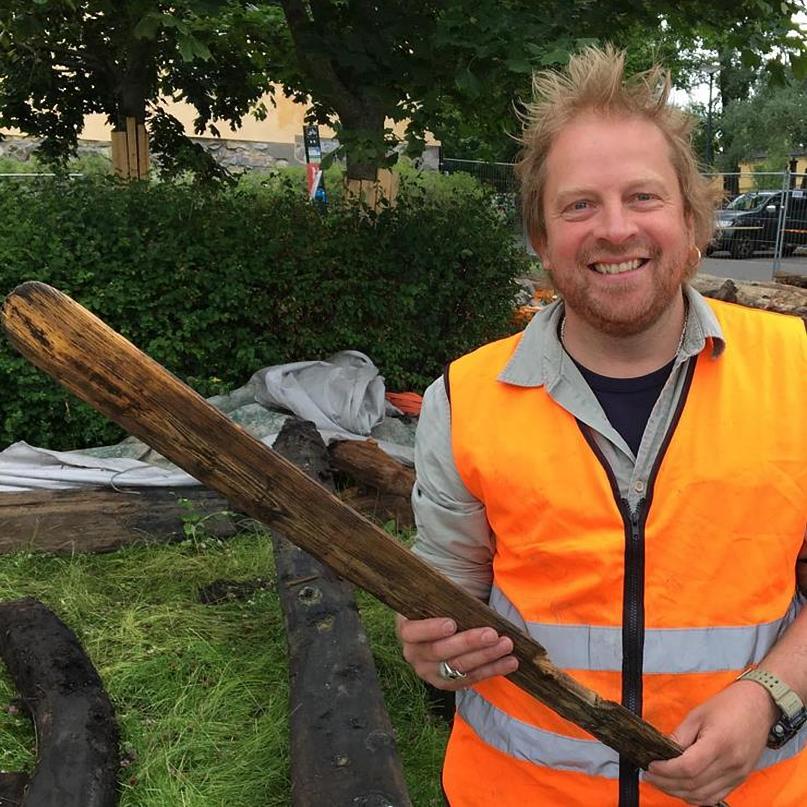
Jim’s team came back with good news: the oak timbers were from 1612 or 1613, meaning the ship’s construction wrapped up a couple years after. Fortunately, the Maritime Museum had detailed records of all the major vessels built in Sweden.
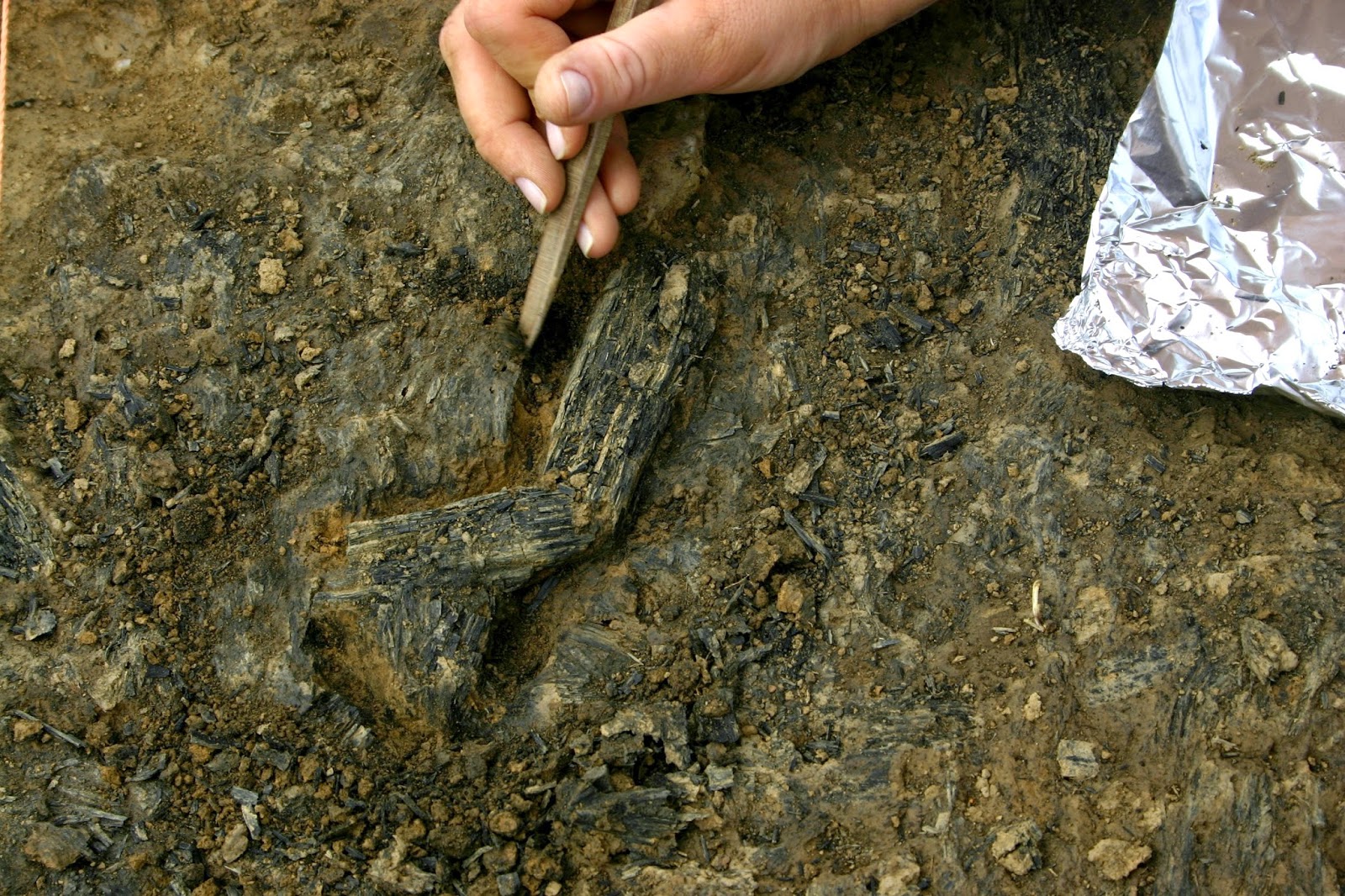 This Week in Pennsylvania Archaeology
This Week in Pennsylvania Archaeology
Using the records and some other clues — including this ornamental copper plate — Jim surmised they’d found the famous Scepter. It seemed almost too good to be true. After all, it was the flagship of the greatest Swedish monarch of all time!
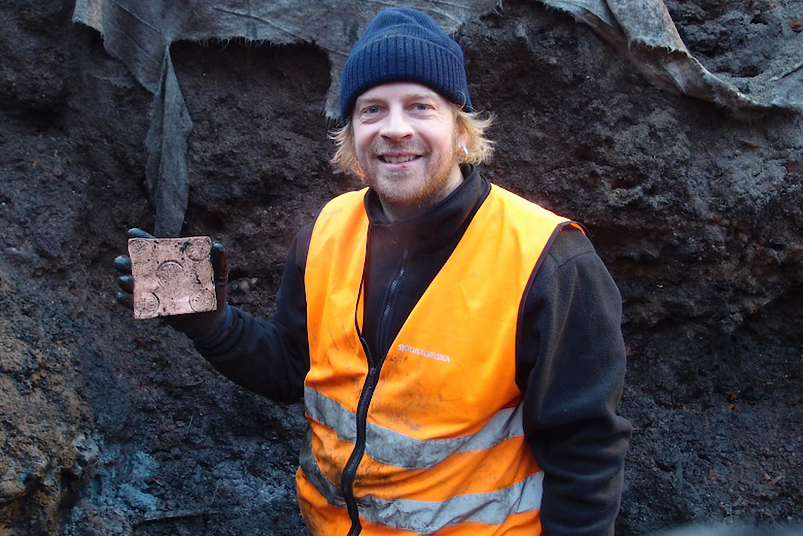
The tactical brilliance of King Gustavus Adolphus the Great transformed Sweden into a major European power back in the 17th century. He commissioned the Scepter to lead a fleet to conquer nearby Latvia. The ship never made it.

As it approached the Baltic Coast, the Scepter suffered heavy damage from a storm. It turned back to Sweden and never sailed on a major voyage again. But how did it end up beneath a historic island in Stockholm?

Historians could not find any record of a shipwreck in Skeppsholmen. However, Jim had a wild suggestion: maybe Gustavus sunk it on purpose! It was, after all, a regular practice for the Swedish navy to sink retired vessels to provide a foundation for new shipyards.

Now that Jim and his team unearthed the top deck of the famed warship, they had to decide what to do next. A couple individuals raised the possibility of restoring the Scepter. After all, there was precedent for such a course of action.
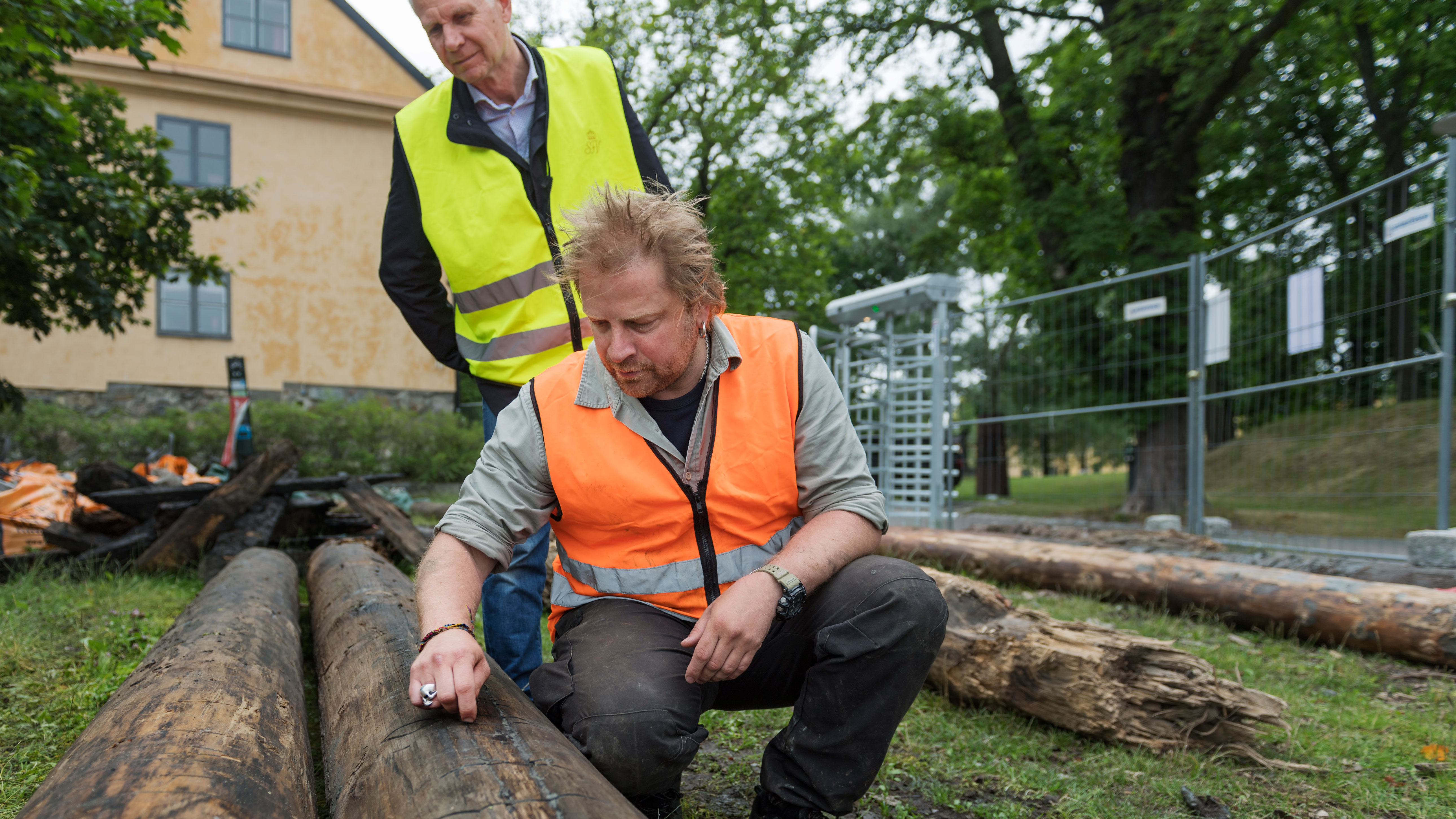
Historians salvaged another sunken 17th century ship, the Vasa, in 1961 and put it on display at the museum. The impressive restoration soon became one of the most noteworthy cultural sites in all of Sweden. Could the Scepter follow in its footsteps?
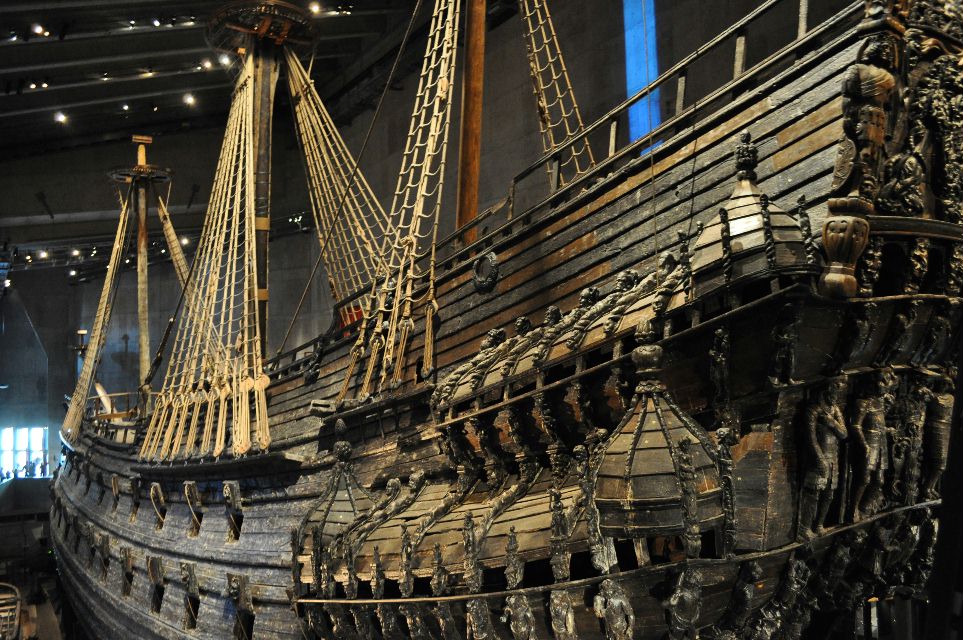
Unfortunately, Jim knew it was not to be. While the Scepter had multiple decks in its prime, none of them remained in good enough condition to warrant the restoration. The project would simply cost too much for too little reward.
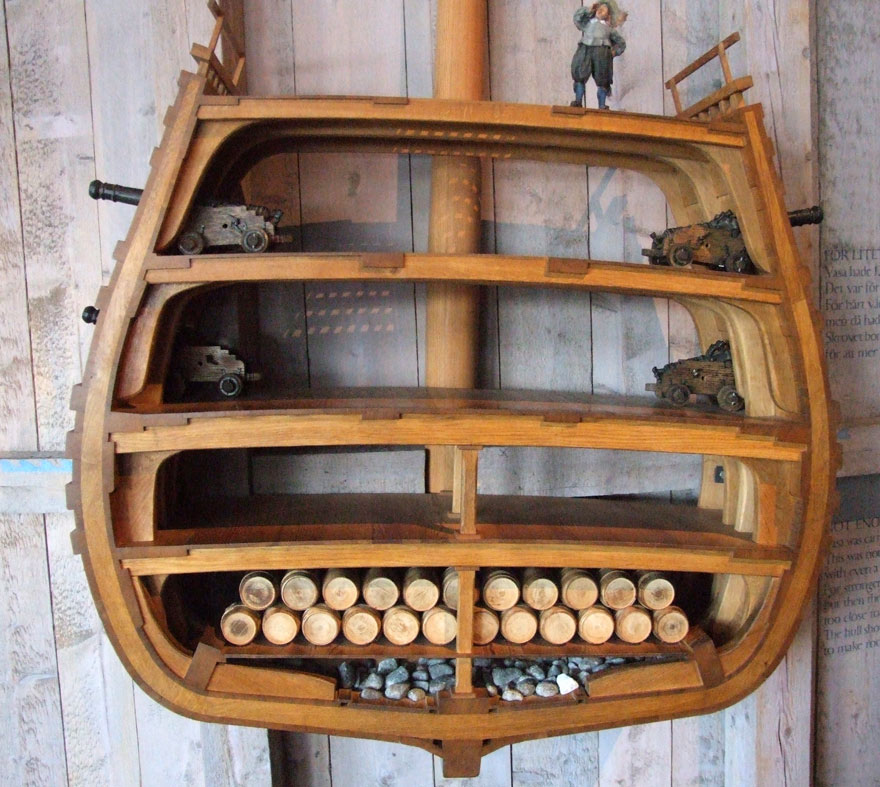 Scientist Sees Squirrel
Scientist Sees Squirrel
Nevertheless, Jim and his colleagues chalked up their discovery as a major victory. He explained, “It’s a really important find because the ship is from the generation beforeVasa, so we can see the technical building methods that were used, and it can help us understand what went wrong with the Vasa as well.”
 Twitter / Jim Hansson
Twitter / Jim Hansson
In other words, the knowledge attached to an artifact is always more important than the object itself. Plus, it will certainly lead to even bigger finds in the near future. Who can say what other secrets Jim Hansson will uncover in his hometown?
